Paradise Spa Dogo (파라다이스 스파도고)
16.8Km 42667 2024-06-05
176 Dogooncheon-ro, Asan-si, Chungcheongnam-do
Paradise Spa Dogo is the ideal recuperation hot spring. Opened by Paradise Group, this spa is a large-scale leisure facility in the heart of the hot spring center of Asan, Chungcheongnam-do. Boasting a relaxing environment of 24,622 ㎡, the spa can comfortably accommodate up to 5,000 people maximum.
The facility includes a bade pool for water massage treatments, a large pool with year-round warm sulfur hot spring water, and a variety of water recreation options. Particularly popular is the outdoor event spa, which operates with seasonal themes.
Those visiting over the weekend can also participate in kimchi-making, persimmon-picking, and farm life programs. A spa visit can also be combined with a trip to one of the many nearby tourist attractions such as Hyeonchungam Hermitage, Oeamni Folk Village, Onyang Folk Museum, Sinjeongho Lake, and the Maeng Sa-seong House.
Haemieupseong Walled Town (서산 해미읍성)
16.8Km 25132 2021-08-18
143, Nammun 2-ro, Seosan-si, Chungcheongnam-do
+82-41-661-8005
Haemieupseong Walled Town is a representative fortress from the Joseon period. Additional famous walled towns in Korea include Gochangeupseong Walled Town and Naganeupseong Walled Town. Haemieupseong Walled Town was established in 1491 during the 22nd year of King Seongjong. Its perimeter is approximately 1.8 kilometers, the x_height is 5 meters, and total area is 196,381 m², making it a huge fortress. Through restoration and purification projects, its old image has been restored as a historic park and it is famous as a site of Catholic martyrs' in the late Joseon era.
During the persecution of Catholics, many Catholics from Chungcheong-do were forced to come to Haemieupseong Walled Town where the administration office was located. Upon arrival, they were tortured to death. In particular, approximately 1,000 people are recorded as having been executed during the persecution in 1866.
The plaza inside of the fortress has a prison site where Catholics were chained up under the Daewongun government, and a gigantic old tree which was the tree used for torturing. The stones which were used for thrashing are located outside of a fortress gate and have become a holy place.
Glory Condominium (도고 글로리콘도)
16.9Km 5159 2020-04-23
124-23, Dogooncheon-ro, Asan-si, Chungcheongnam-do
Glory Condominium opened in 1992 and situated at the Dogo Hot Spring region, offering a wide open view of the Dogosan Mountain foot and spacious plain over the windows. It also has several notable attractions nearby, namely Hyeonchungsa Shrine, The Independence Hall of Korea, Sudeoksa Temple, and more. Visitors traveling with families can also engage in mud experience programs at nearby Oemok Village.
Seosan Haemieupseong Festival (서산해미읍성축제)
16.9Km 21899 2024-06-05
143 Nammun 2-ro, Seosan-si, Chungcheongnam-do
+82-41-660-2697
Seosan Haemieupseong Festival is held every October at Haemieupseong Walled Town, a fortress with over 600 years of history. Various events and programs are offered including an overnight program in front of the fortress. Exciting performances such as a reenactment parade, traditional music performances, and fireworks are also planned.
Himart - Yesan Branch [Tax Refund Shop] (하이마트 예산점)
17.0Km 0 2024-04-16
84, Geumo-daero, Yesan-eup, Yesan-gun, Chungcheongnam-do
-
Sudeoksa Temple (수덕사)
17.1Km 28645 2021-12-03
79, Sudeoksaan-gil, Yesan-gun, Chungcheongnam-do
+82-41-330-7700
Sudeoksa Temple, which has played an important role in the history of Korea’s Buddhism, is located at the foot of Deoksungsan Mountain. It was one of twelve temples from the Baekje Kingdom mentioned in Chinese historical records. There is no historical record of when the temple was founded but researchers believe it was founded sometime during the reign of King Wuideok (554-597).
The main building of Sudeoksa Temple, Daeungjeon Hall, was constructed in 1308 during the Goryeo dynasty. It was repaired four times between 1528 and 1803, but fortunately kept its original beauty. In addition to Daeungjeon Hall, Sudeoksa Temple houses many cultural treasures, such as the Three-story Stone Pagoda of Sudeoksa Temple.
Dogo oncheon Station (도고온천역)
17.5Km 451 2016-11-30
304, Oncheon-daero, Asan-si, Chungcheongnam-do
Dogo oncheon Station opened in June 15, 1922 as Seonjang Station and was relocated to its current location in 2007.
Historic Site Related to Seong Sam-mun (성삼문선생유허지)
17.5Km 0 2024-01-18
403-12 Maejukheon-gil, Hongbuk-eup, Hongseong-gun, Chungcheongnam-do
This historic site related to Seong Sam-mun is believed to be the birthplace of Seong Sam-mun, and was founded by his maternal ancester, Park Dam. A shrine was built here in 1685 to honor Seong Sam-mun and the five others ministers who were executed with him for their plot to restore King Danjong to the throne after he was exhiled by his uncle. The site was destroyed in 1864 when Confucian facilities were removed by the government, but was later rebuilt in 1945.
Gyeam House
17.8Km 8410 2021-04-09
45, Handari-gil, Eumam-myeon, Seosan-si, Chungcheongnam-do
+82-41-688-1182, +82-10-2376-8273, +82-10-3045-8273
The House of Kim Gi-hyeon (Gyeam Historic House, National Folklore Cultural Heritage 199) is a hanok with over 100 years of history that was established by renovating a nobleman’s house dating from the nineteenth century and equipping it with modern facilities. The Gyeongju Kim clan has lived in the Seosan area, a fertile stretch of land in the middle of the west coast region, for over 600 years. The house has been open to the public since 2010, and attracts many Korean and foreign guests.
The owner renovated the old house by installing a modern bathroom, sink, kitchen and air-conditioning and filling it with antique furniture, and transformed it into a clean and pleasant tourist accommodation with high-class bedding in order to avoid the stereotype about hanok being uncomfortable. In particular, the kitchen has been transformed into a modern facility where guests can enjoy a cup of tea or a meal. The house is also packed with charming features including a small old well equipped with a pump, a wood-burning stove with an iron pot, and a platform for crocks of sauces and condiments.
The House of Kim Gi-hyeon is home to the small Wadang (Roof Tile) Museum, which contains a collection of roof tiles ranging from the Goryeo Dynasty to the Joseon Dynasty. The friendly owners also run a ‘Wadang Rubbing Experience’ program that is popular among foreign tourists and students alike, and strive to provide all their guests with comfort and relaxation and share pleasant moments with them.
The house’s courtyard reflects the beauty of each season, including flower blossoms in spring, colorful leaves in autumn, and a snowy landscape in winter.
Birth Home of Queen Jeongsun (정순왕후생가)
17.8Km 26382 2024-02-22
39 Handari-gil, Eumam-myeon, Seosan-si, Chungcheongnam-do
Birth Home of Queen Jeongsun is the house where Queen Jeongsun (1745-1805), the queen consort of King Yeongjo (1694-1776), the 21st monarch of the Joseon dynasty (1392-1897), lived until she became queen in 1759. It is estimated to have been built in the 17th century and features the architectural characteristics of hanok, with its distinctive "ㅁ" shape and tiled roof.
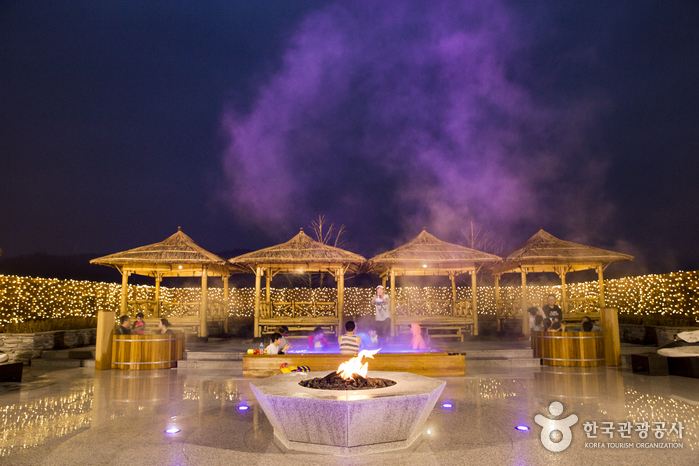
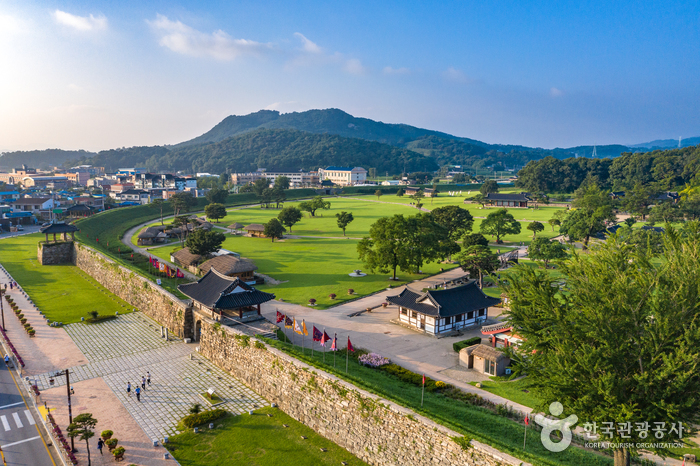
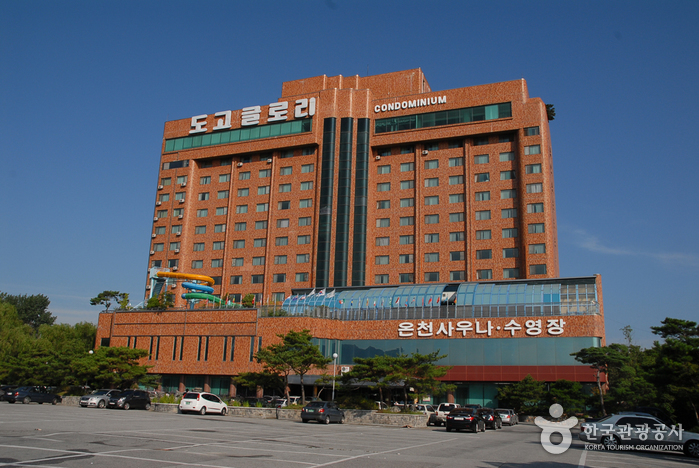
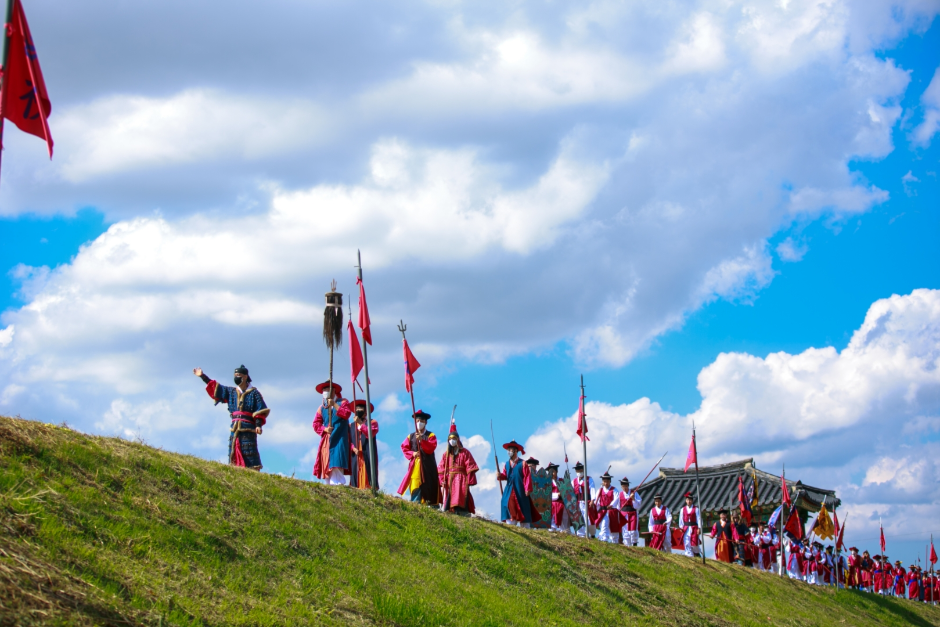
![Himart - Yesan Branch [Tax Refund Shop] (하이마트 예산점)](http://tong.visitkorea.or.kr/cms/resource/41/2883341_image2_1.jpg)
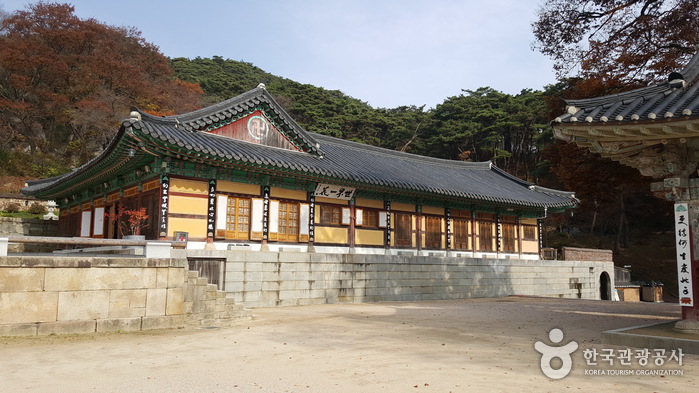

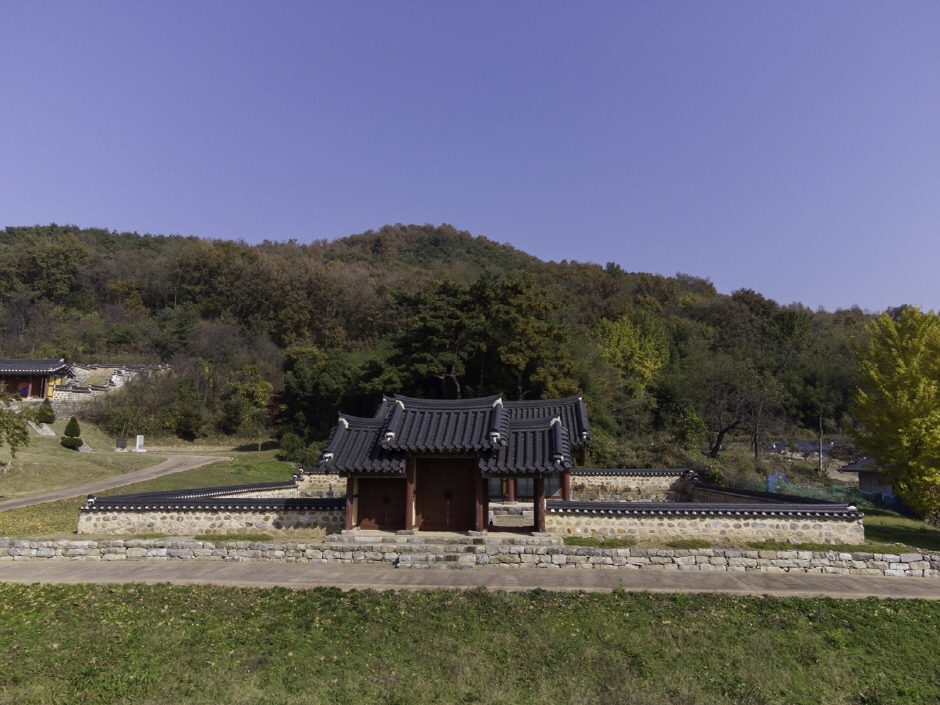
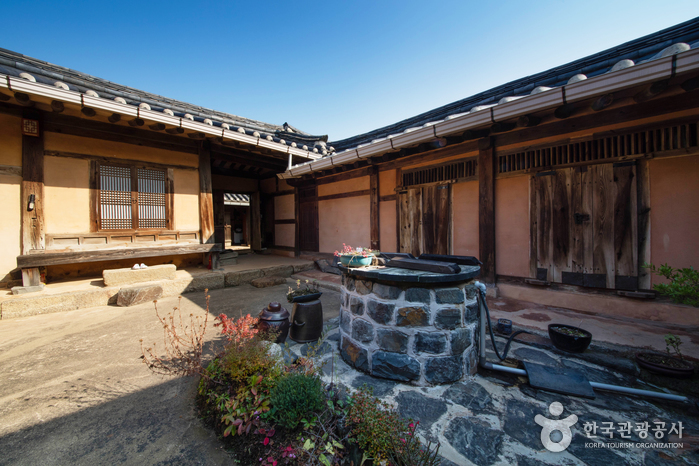
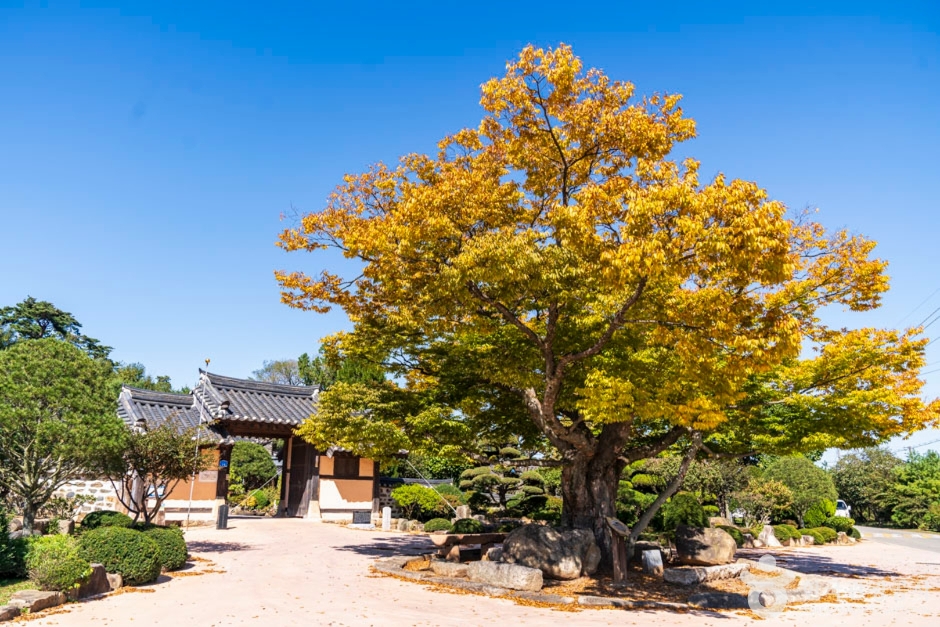
 English
English
 한국어
한국어 日本語
日本語 中文(简体)
中文(简体) Deutsch
Deutsch Français
Français Español
Español Русский
Русский